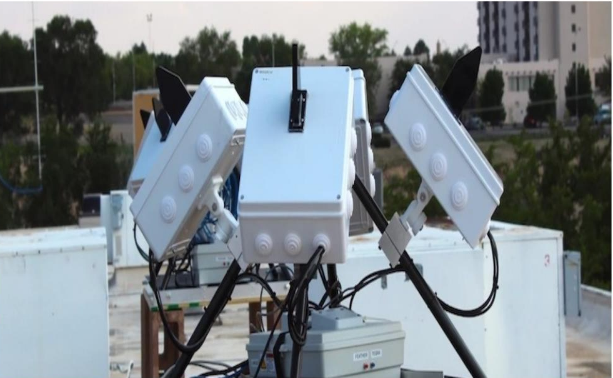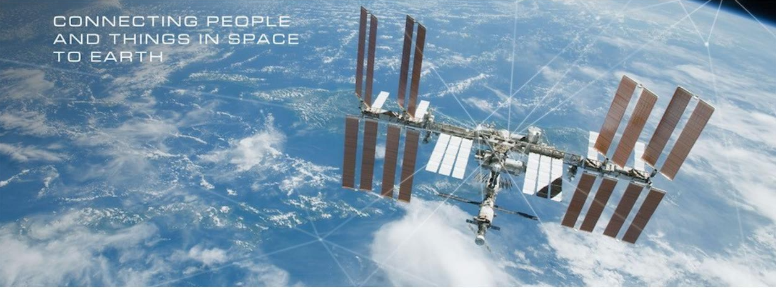What are the needs of future transportation?
The future of transportation will thus focus on its decarbonization Cities will promote bicycling and electric mass transit systems at the expense of individual cars; climate change will disrupt current disrupters like Uber, since the proliferation of individual rides is too energy intensive and leads to intolerable. We can resurgence due to technological developments, and an increased focus on renewable energy.
What is an electric vehicle?
An electric vehicle (EV) is a vehicle that uses one or more electric motors or traction motors for propulsion. An electric vehicle may be powered through a collector system by electricity from off-vehicle sources, or may be self-contained with a battery, solar panels or an electric generator to convert fuel to electricity. EVs include, but are not limited to, road and rail vehicles, surface and underwater vessels, electric aircraft and electric spacecraft.
EVs first came into existence in the mid-19th century, when electricity was among the preferred methods for motor vehicle propulsion, providing a level of comfort and ease of operation that could not be achieved by the gasoline cars of the time. Modern internal combustion engines have been the dominant propulsion method for motor vehicles for almost 100 years, but electric power has remained commonplace in other vehicle types, such as trains and smaller vehicles of all types.
The Hyperloop This future mode of transportation is designed for longer haul transportation between cities, countries or even continents. The principle of the Hyperloop is based on the movement of people in capsules or pods that travel and high speeds though tubes over long distances.
Plug-in Hybrid Electric Vehicles (PHEVs)
Also known as Extended-Range Electric Vehicles (EREVs), this type of EV is powered by both petrol and electricity.
PHEVs can recharge the battery through both regenerative braking and ‘plugging-in’ to an external electrical charging outlet. In EREVs the petrol engine extends the range of the car by also recharging the battery as it gets low.
They are expensive and hard to maintain
In the real world, PHEVs are expensive, their fuel economy on motorway journeys is not very good, they are complex to maintain, have raised concerns about their battery life, and their resale value is uncertain. To many buyers, plug-in hybrids cause anxiety and are considered to be relatively complicated. Charging a PHEV is also time-consuming. Just like smartphones have varying charger connectors, PHEVs have the same problem with charger connectors having style variations making it difficult for other PHEVs to charge on certain stations.
Hybrid Electric Vehicles (HEVs)
HEVs are powered by both petrol and electricity. The electric energy is generated by the car’s own braking system to recharge the battery. This is called ‘regenerative braking’, a process where the electric motor helps to slow the vehicle and uses some of the energy normally converted to heat by the brakes.
HEVs start off using the electric motor, then the petrol engine cuts in as load or speed rises. The two motors are controlled by an internal computer which ensures the best economy for the driving conditions.
Regenerative Braking
An HEV cannot plug in to off-board sources of electricity to charge the battery. Instead, the vehicle uses regenerative braking and the internal combustion engine to charge. The vehicle captures energy normally lost during braking by using the electric motor as a generator and storing the captured energy in the battery.
The Honda Civic Hybrid and Toyota Camry Hybrid are both examples of HEVs.
Battery Electric Vehicles (BEVs)
BEVs are fully electric vehicles, meaning they are only powered by electricity and do not have a petrol engine, fuel tank or exhaust pipe. BEVs are also known as ‘plug-in’ EVs as they use an external electrical charging outlet to charge the battery.
The electric-vehicle market made big gains in 2019, across multiple car manufacturers – and the industry has even bigger plans for the years to come.
Rivian, for example, closed out the year with an extra $1.3 billion in investments. Tesla turned a profit,debuted the Cybertruck, delivered the first Model 3s built in its Shanghai plant, and announced a boosted range on its Model S and Model X. On the luxury end of the spectrum, the Audi E-Tron went up for sale,Porsche started production on the laycan performance car,and Lamborghini announced its first hybrid super car.
Increasingly restrictive emissions and fuel-efficiency regulations around the globe – but not so much in the US – are compelling carmakers to roll out vehicles more able to fit within those restrictions. Accordingly, in recent years, manufacturers have advertised a whirlwind of plans and timelines for bringing more EVs to market.




